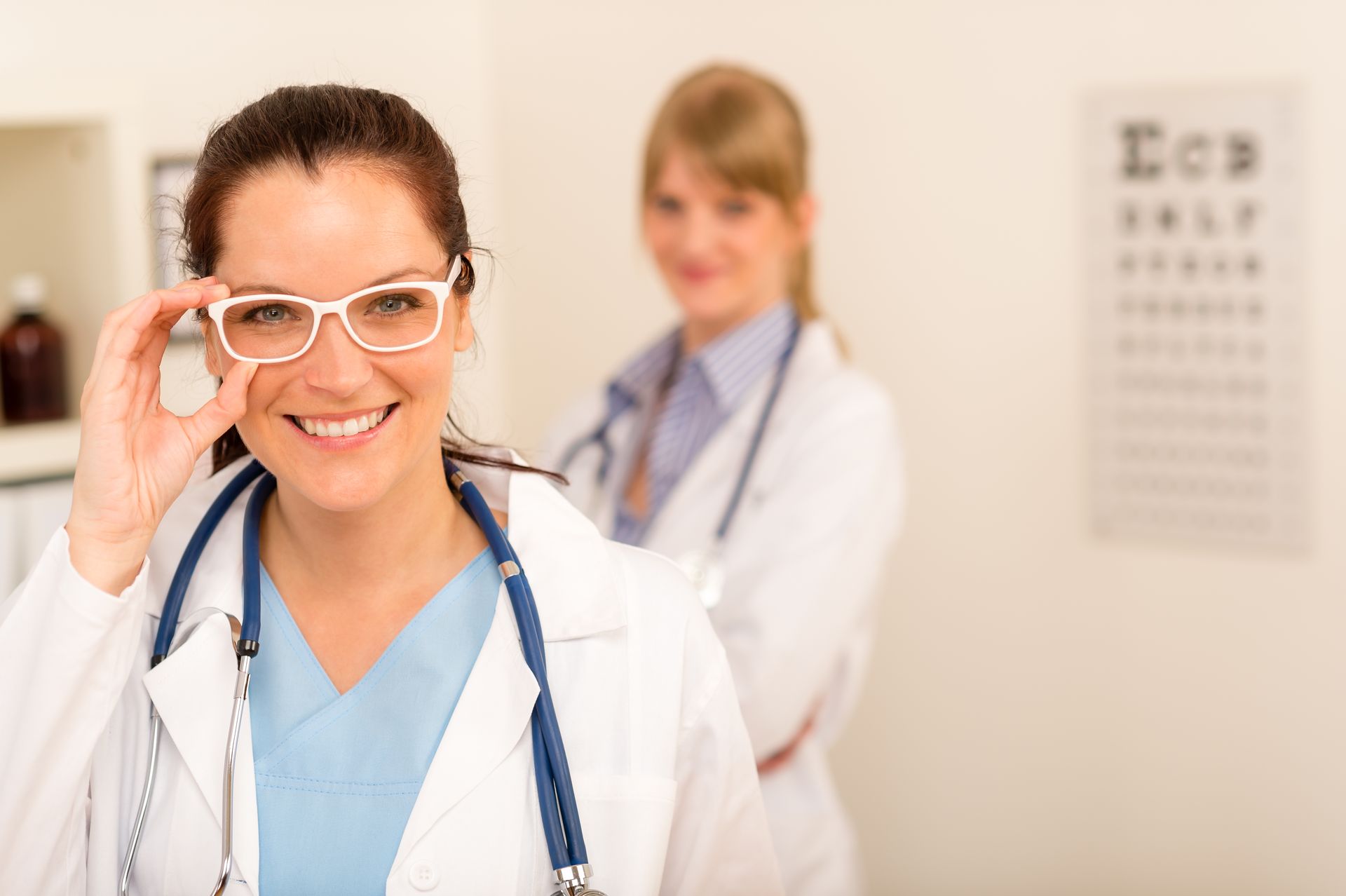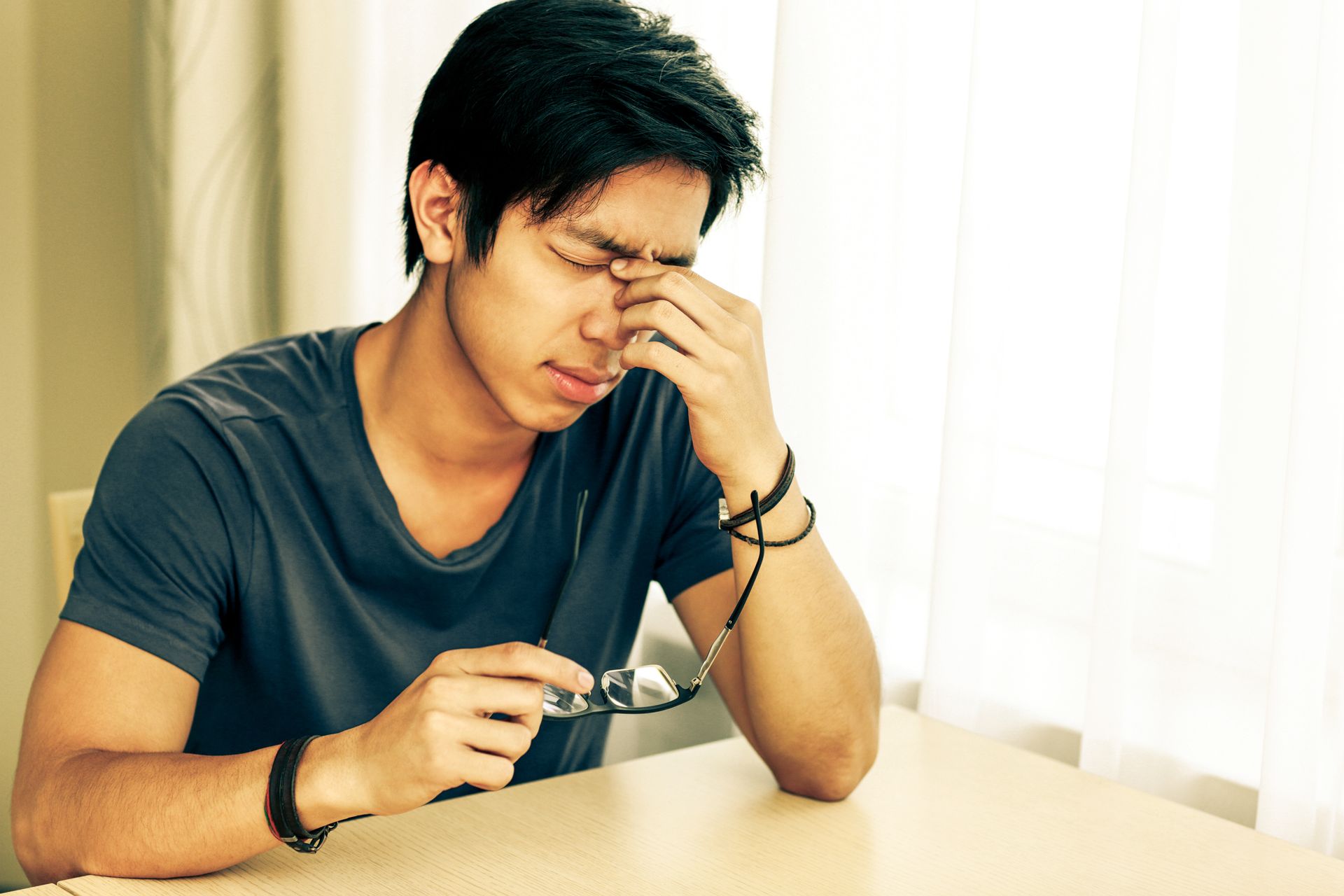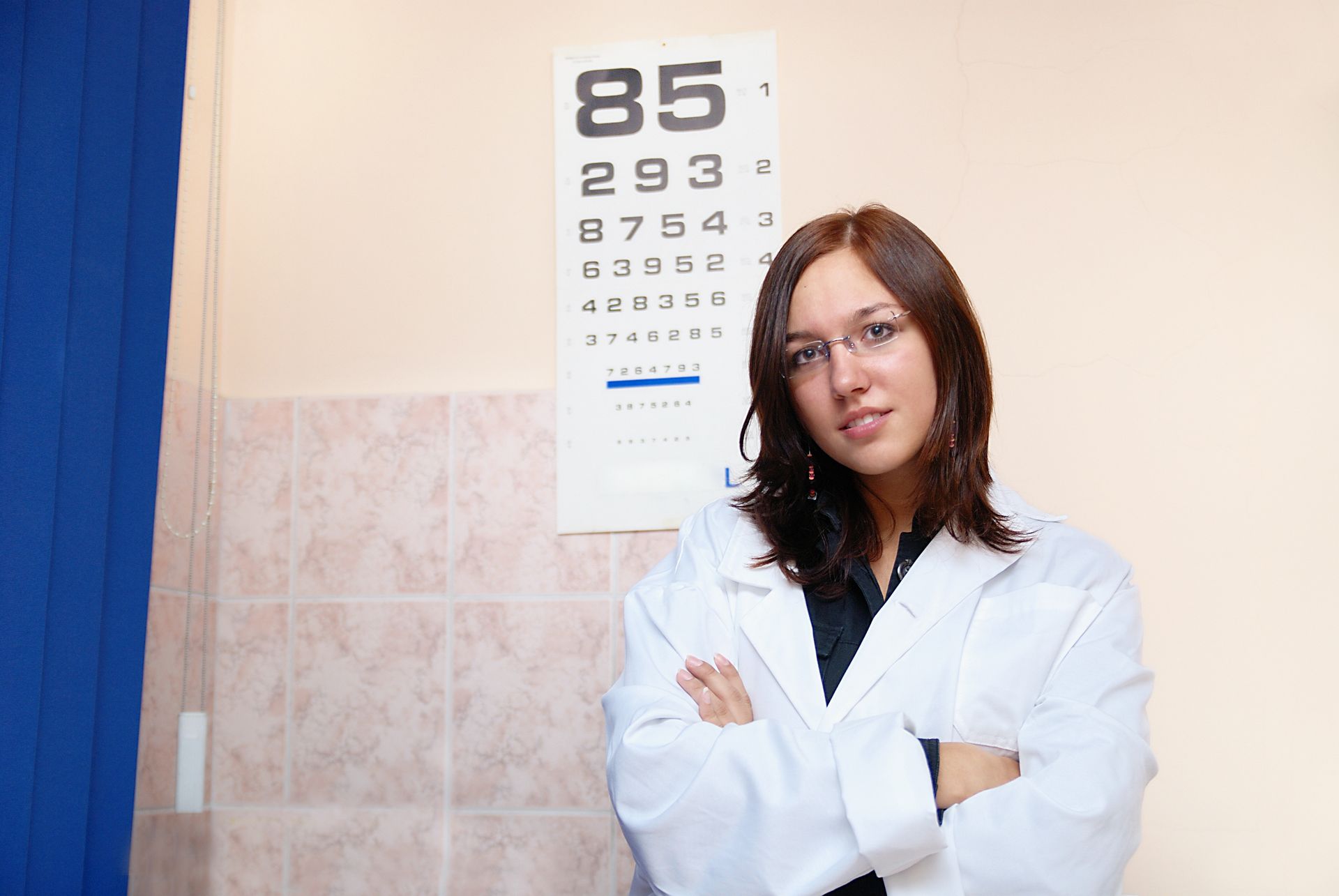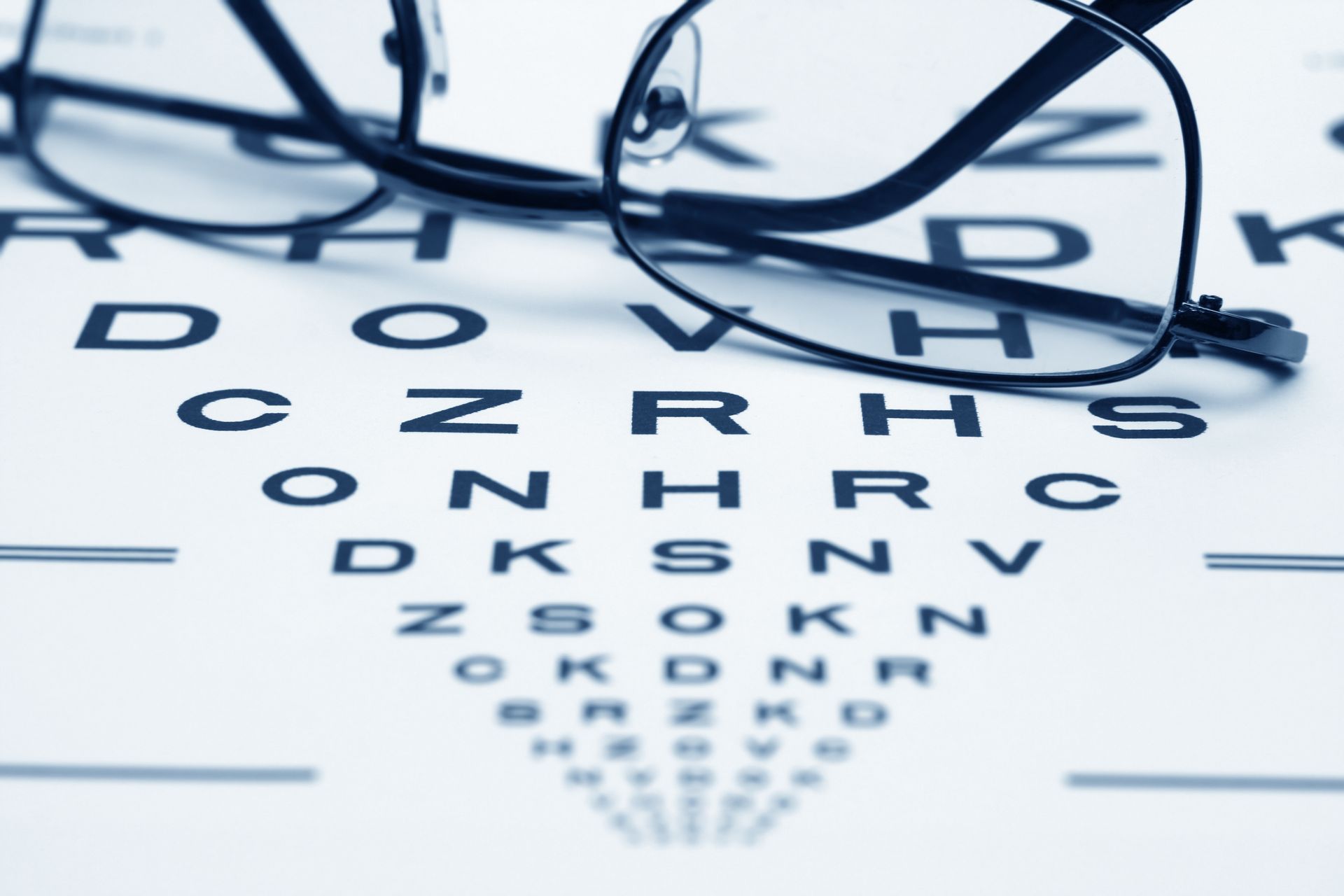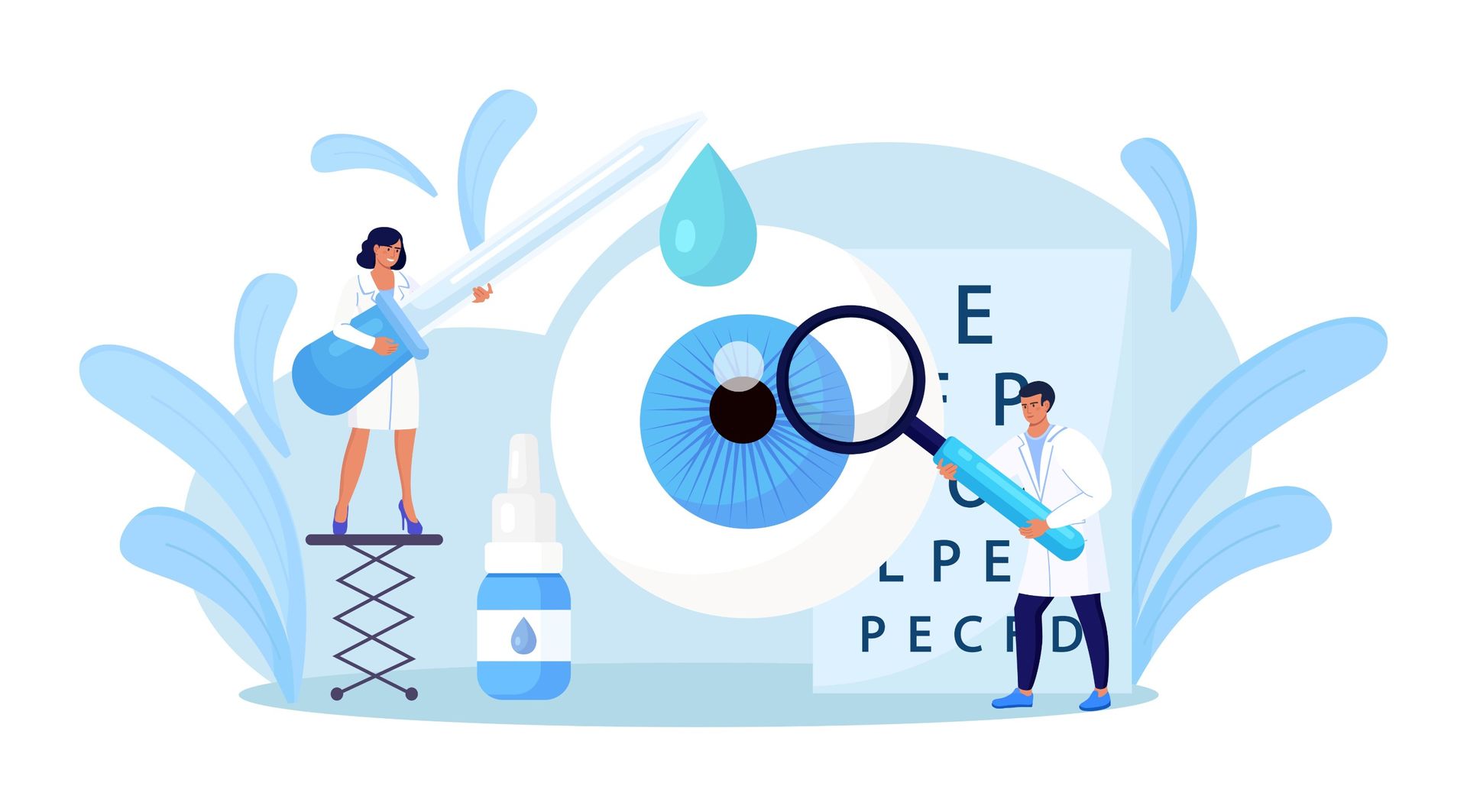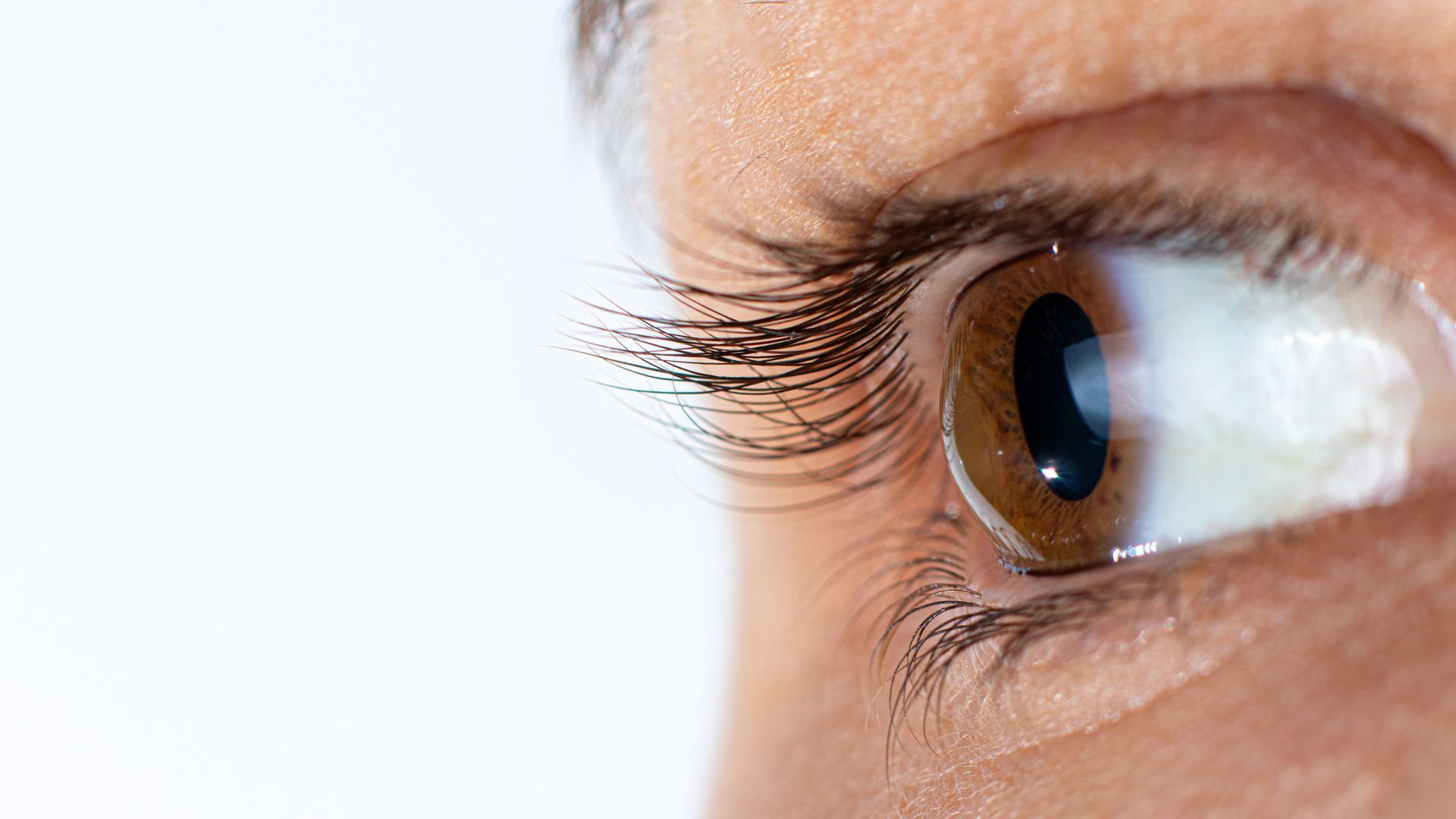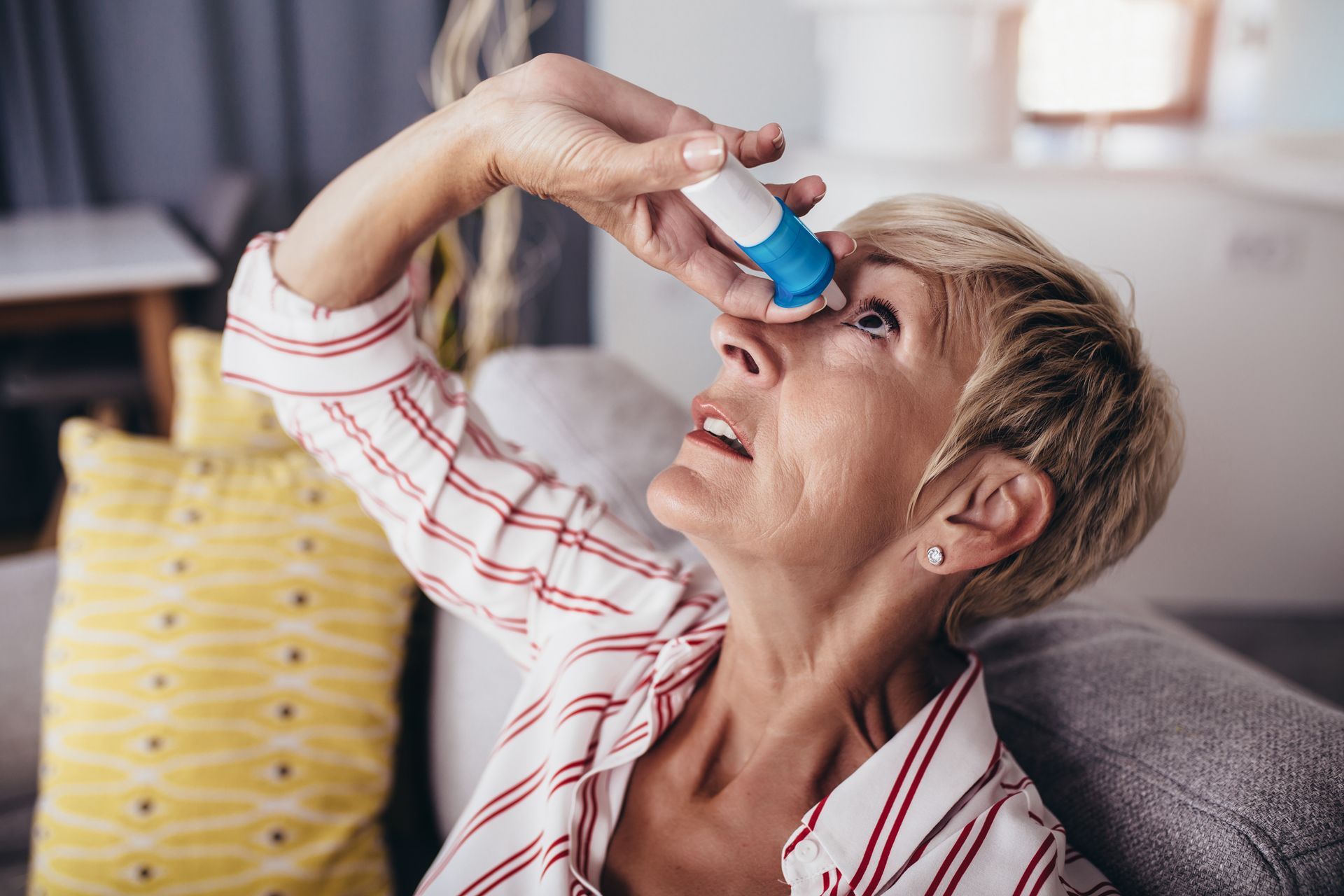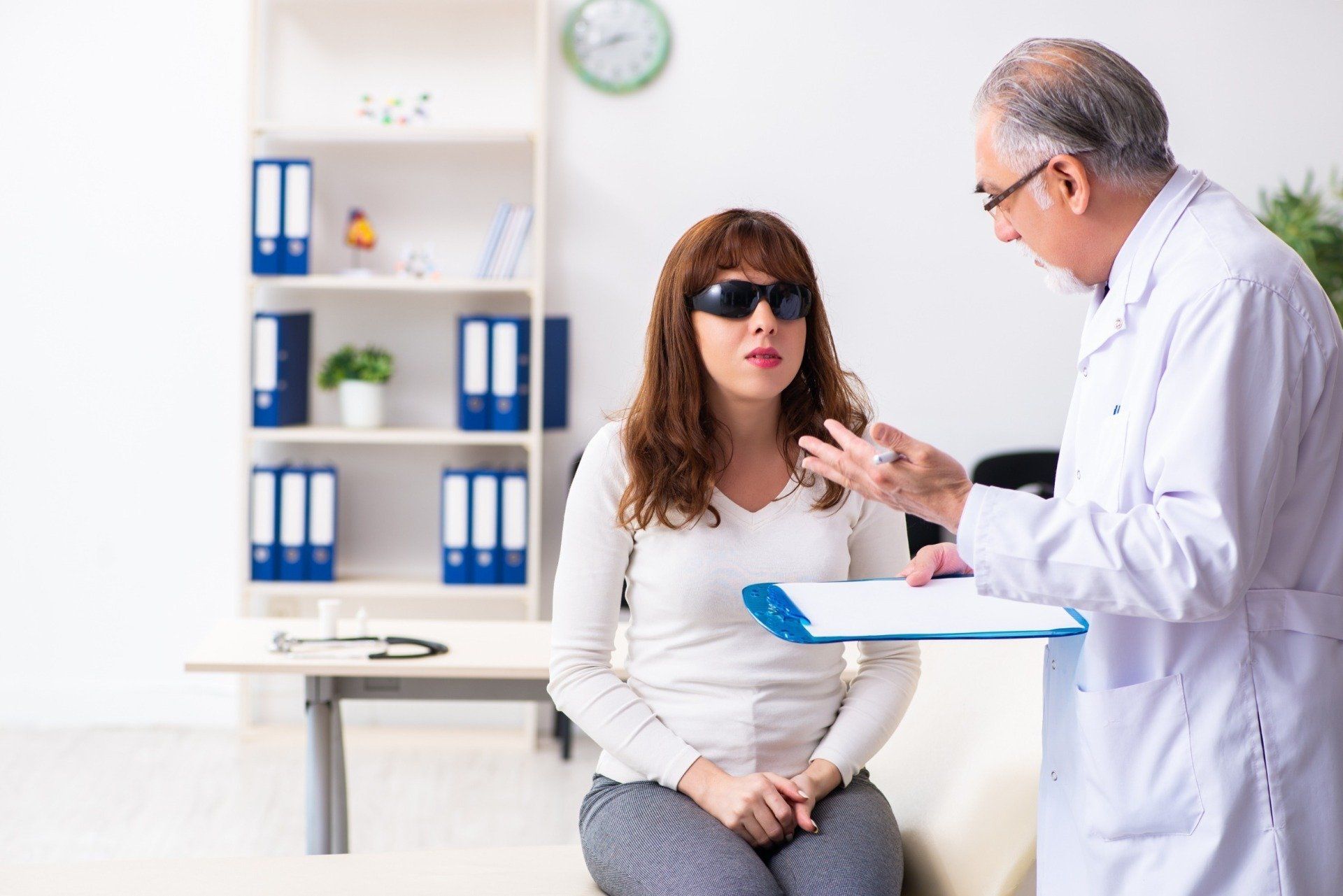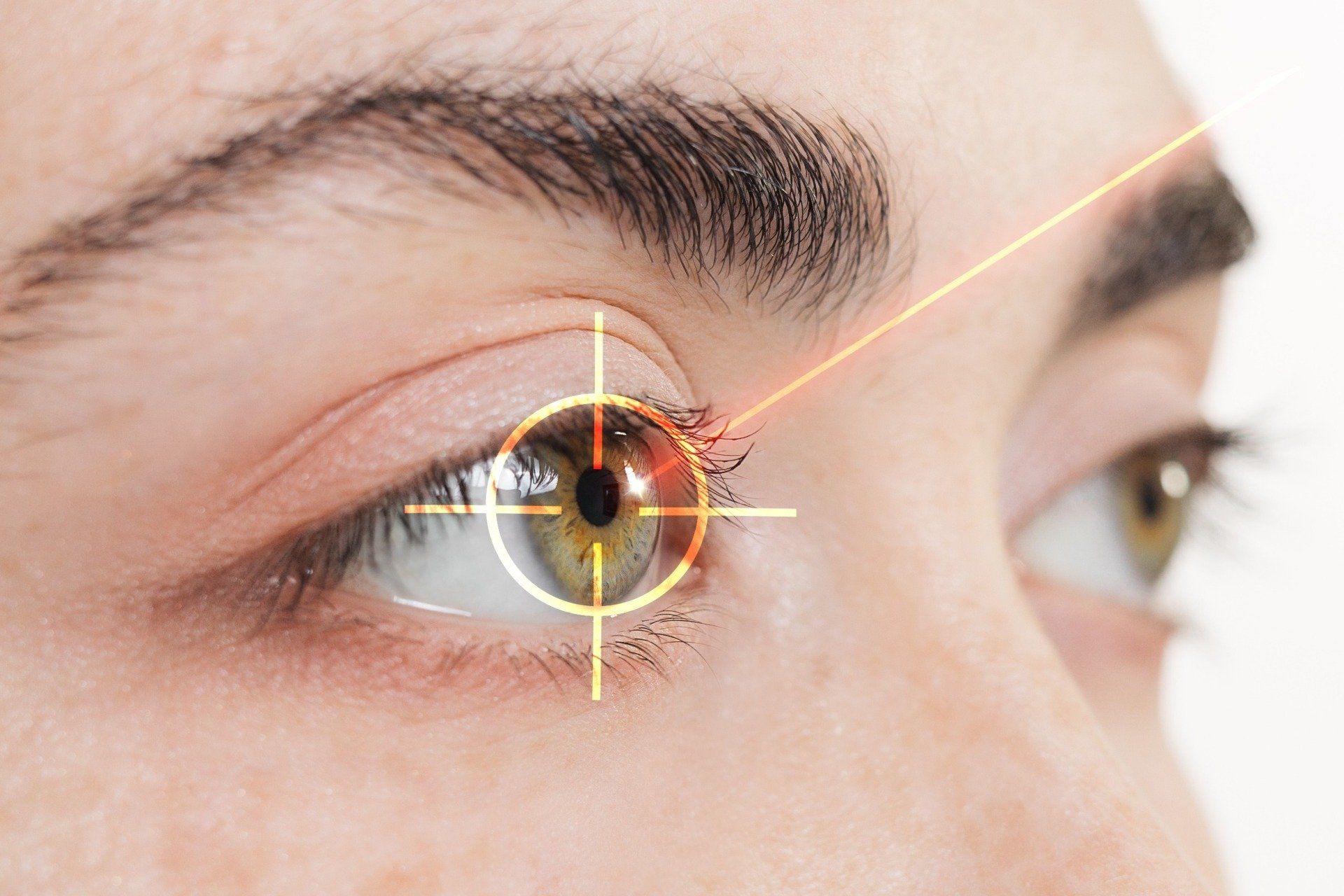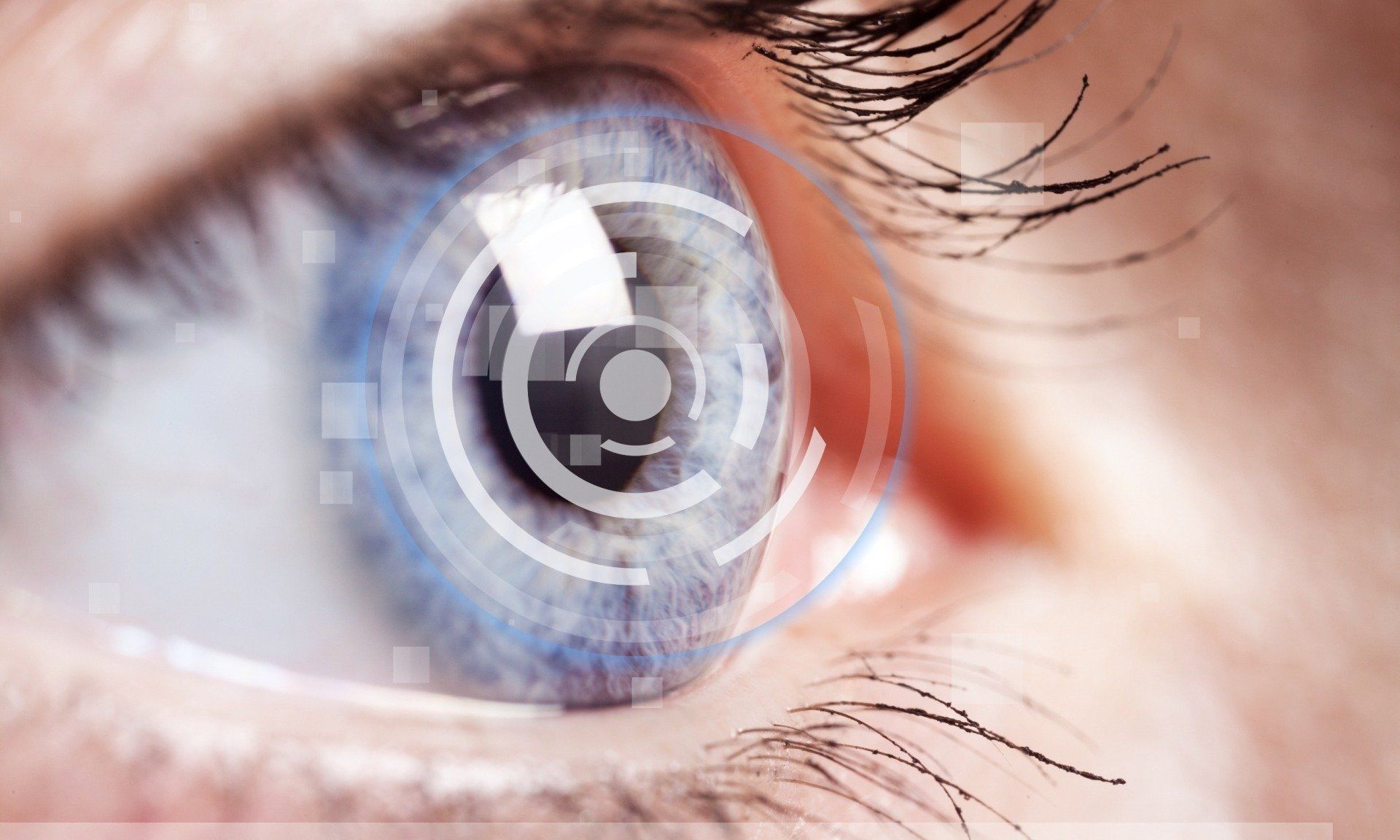Dry Eye Symptoms
Dry Eye Symptoms
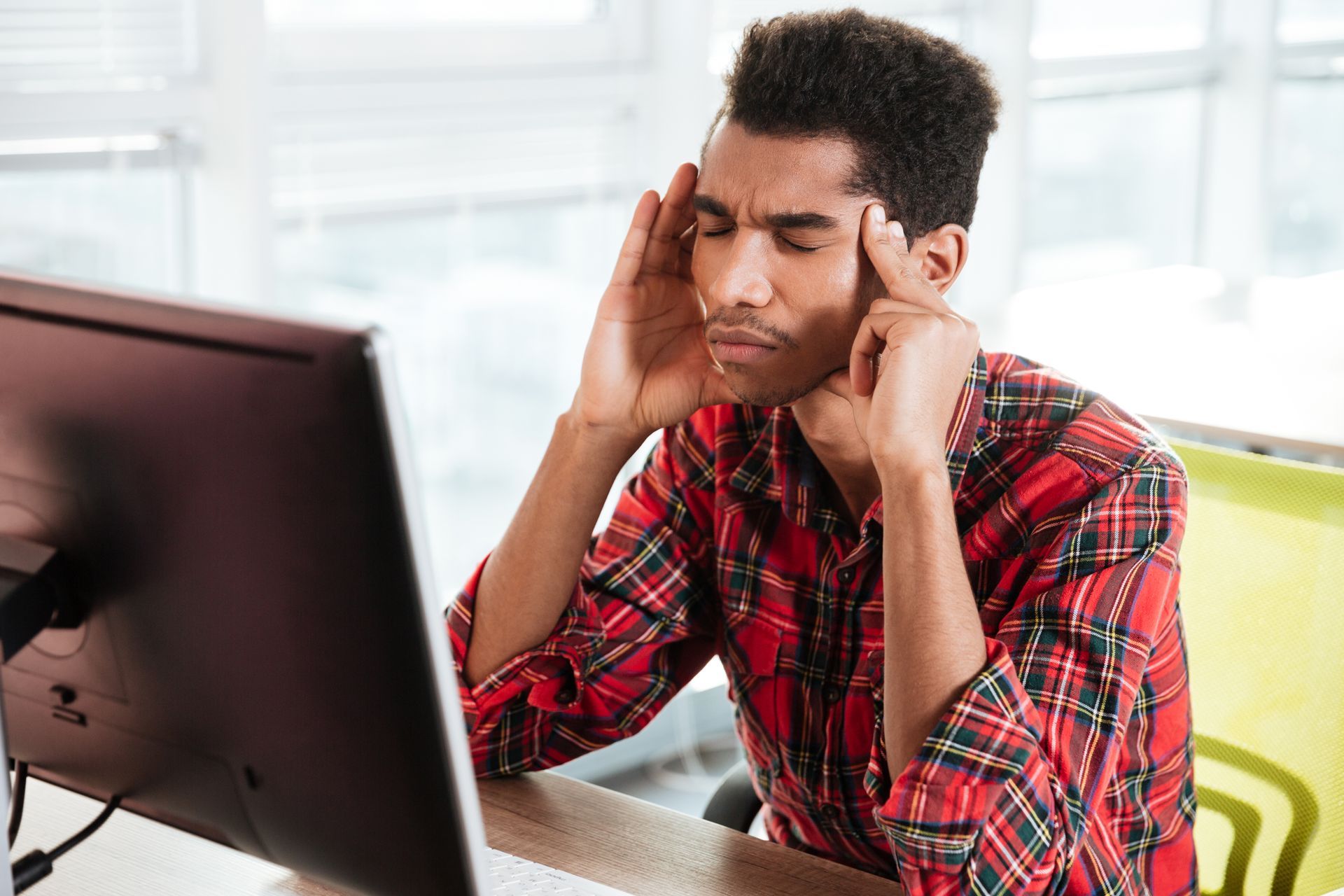
Most of us associate tears with something negative and/or sad, but that’s not always the case. In fact, your eyes are producing tears constantly throughout the day and they are known to play an essential role in eye health – so you should learn to appreciate those tears for all the good they do for the eyes!
Tears are primarily made up of four different layers – the oil layer, mucus layer, water layer, and protein layer. Let’s take a closer look at each layer’s purpose:
- Oil Layer (Lipid Layer) - produced by the meibomian glands; smoothens the corneal surface and prevents tears from evaporating too quickly.
- Mucus Layer (Mucin Layer) - produced by the conjunctiva; helps tears ‘stick’ to the eye’s surface (cornea).
- Water Layer (Aqueous Layer) - produced by lacrimal glands; helps to clean, wet, and nourish the eye.
- Protein Layer - made up of electrolytes, lysozyme, lactoferrin, lipocalin, IgA, and other proteins and/or antibodies.
Every single time you blink, a thin layer of healthy tear film runs across the front surface of your eye – helping to clean, moisturize, nourish, and smooth the cornea. This ensures light is able to pass through the cornea free of obstruction, which allows the light to refract through the eye’s natural lens and onto the retina.
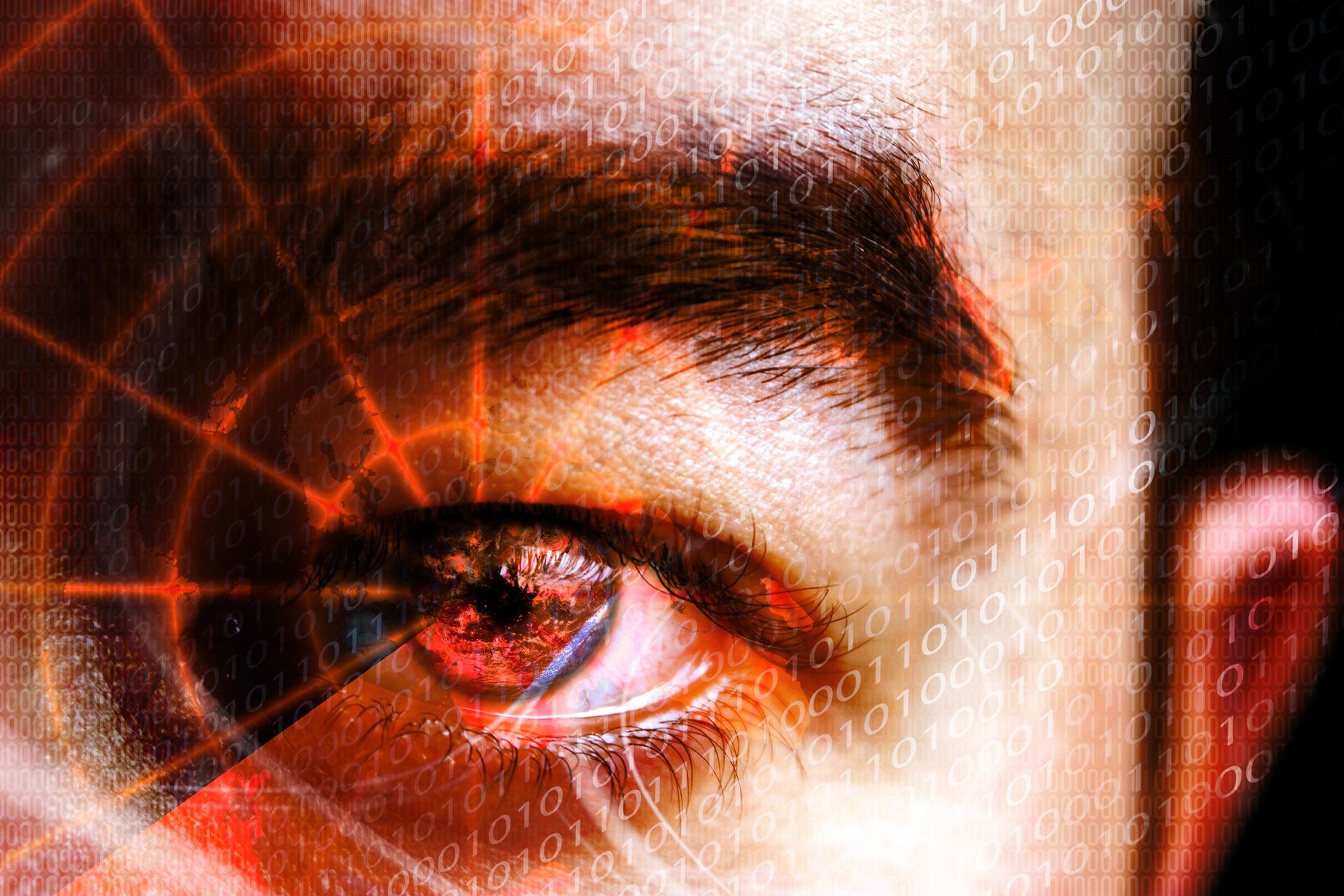
What is Dry Eye Disease?
Dry eye disease is a condition that occurs when the eyes aren’t able to properly lubricate themselves with tears – either due to a lack of tear production, poor tear quality, or an increase in tear evaporation. More than 20 million Americans have dry eye disease, according to the American Academy of Ophthalmology.
Let’s take a closer look at the three primary causes of dry eye disease (DED):
- Lack of Tear Production - also known as keratoconjunctivitis sicca, this occurs when the tear glands don’t produce enough tears or aqueous fluid (water).
- Poor Tear Quality - while the eyes might be producing excess tears, the quality of those tears might be poor, meaning they lack the necessary amount of mucus, proteins, or antibodies to do its job.
- Increased Tear Evaporation - a lack of oil in your tears is a major reason why tears evaporate too quickly, meaning your tears don’t have enough time to clean and protect the eye.
Of course, there are a number of other causes of dry eye disease – including blepharitis, entropion, ectropion, excessive screen use, not blinking frequently enough, excessive contact lens use, refractive eye surgery, thyroid disease, Sjögren’s syndrome, rheumatoid arthritis, and certain medications.
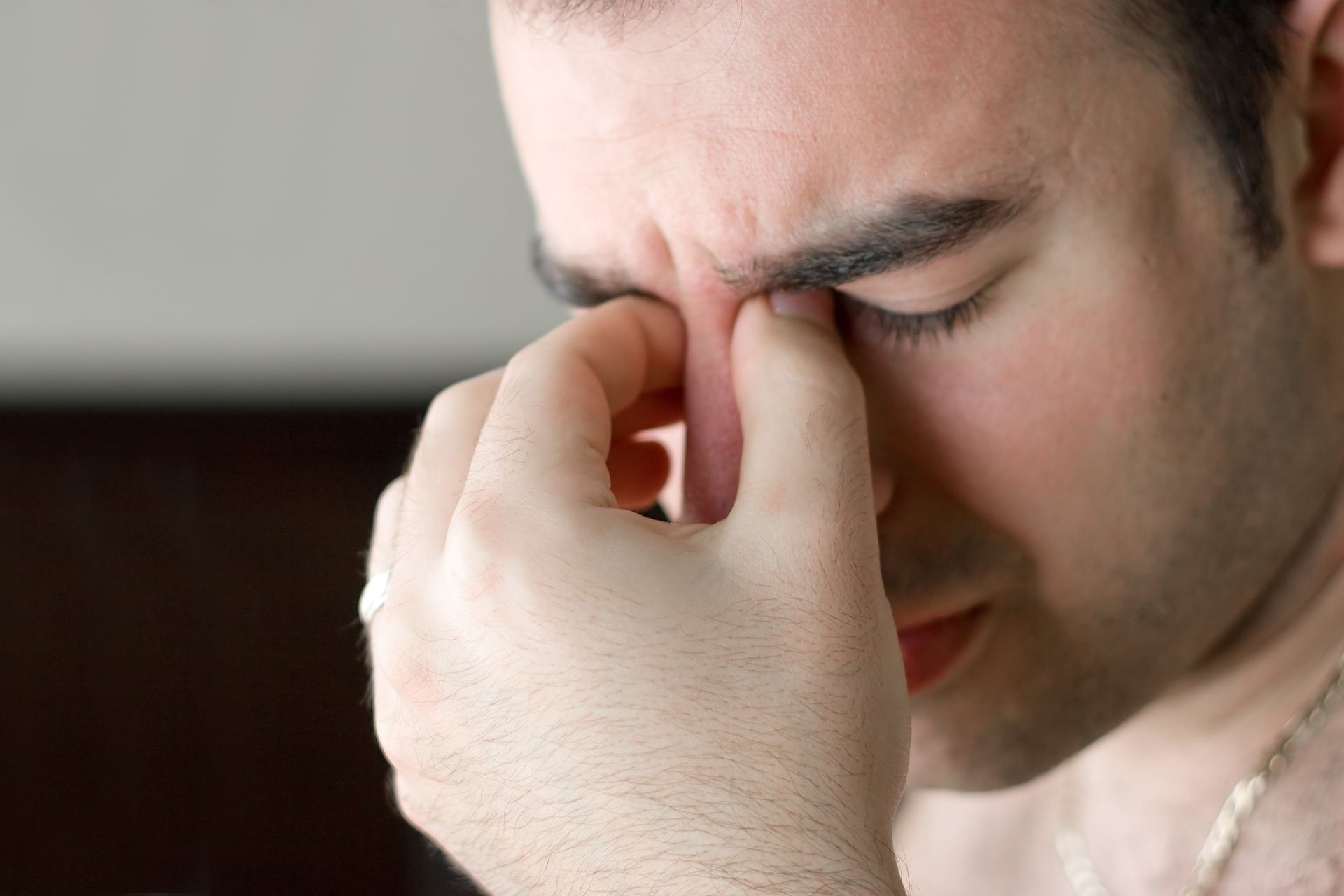
Most Common Dry Eye Symptoms
Most of us are well-aware of what dry eye feels like – after all, most of us have eye drops in our medicine cabinets for a reason. And while most of us can relate to that feeling, only those who are living with dry eye disease understand what it’s like for their dry eye symptoms to persist and even worsen over time.
Let's take a look at some of the most common symptoms of dry eye:
- Stinging and/or burning of the eye
- Blurred vision
- Scratchy or gritty feeling in the eye
- Strings of mucus in or around the eye
- Red eyes, irritated eyes, and/or watery eyes
- Eye pain while wearing contact lenses
As your dry eye symptoms persist and worsen, they’ll continue to have a negative impact on your ability to live a normal, happy, and healthy life. Many people living with dry eye disease are so taken back by their symptoms that they avoid social situations and live in a constant state of irritation and vexation.
Does Dry Eye Treatment Exist?
Doctors can detect and diagnose dry eye disease with a comprehensive dilated eye exam – they use eye drops to dilate the eye. During the exam, your doctor will likely measure how long it takes before your tears dry up, measure the amount of tears you make, and/or analyze the structure of your eyelids.
Once diagnosed, there are a number of different treatment option for dry eye relief:
- Prescription eye drops, such as cyclosporine (Restasis) or lifitegrast (Xiidra)
- Punctal plugs, which are placed in the tear ducts and help decrease evaporation
- Surgery, which is usually considered with eyelid dysfunctions and/or eye defects
- Thermal pulsation, which improves the function of the glands and secretion of the oil
- Lifestyle changes, such as eating habits, sleeping patterns, avoiding cigarette smoke, etc.
Doctors will navigate their options when treating dry eye disease and put together a treatment plan that’s customized to each individual patient. They’ll often take into account the patient’s eye health history, the root cause of the disease, and the severity of symptoms before determining the best treatment plan.
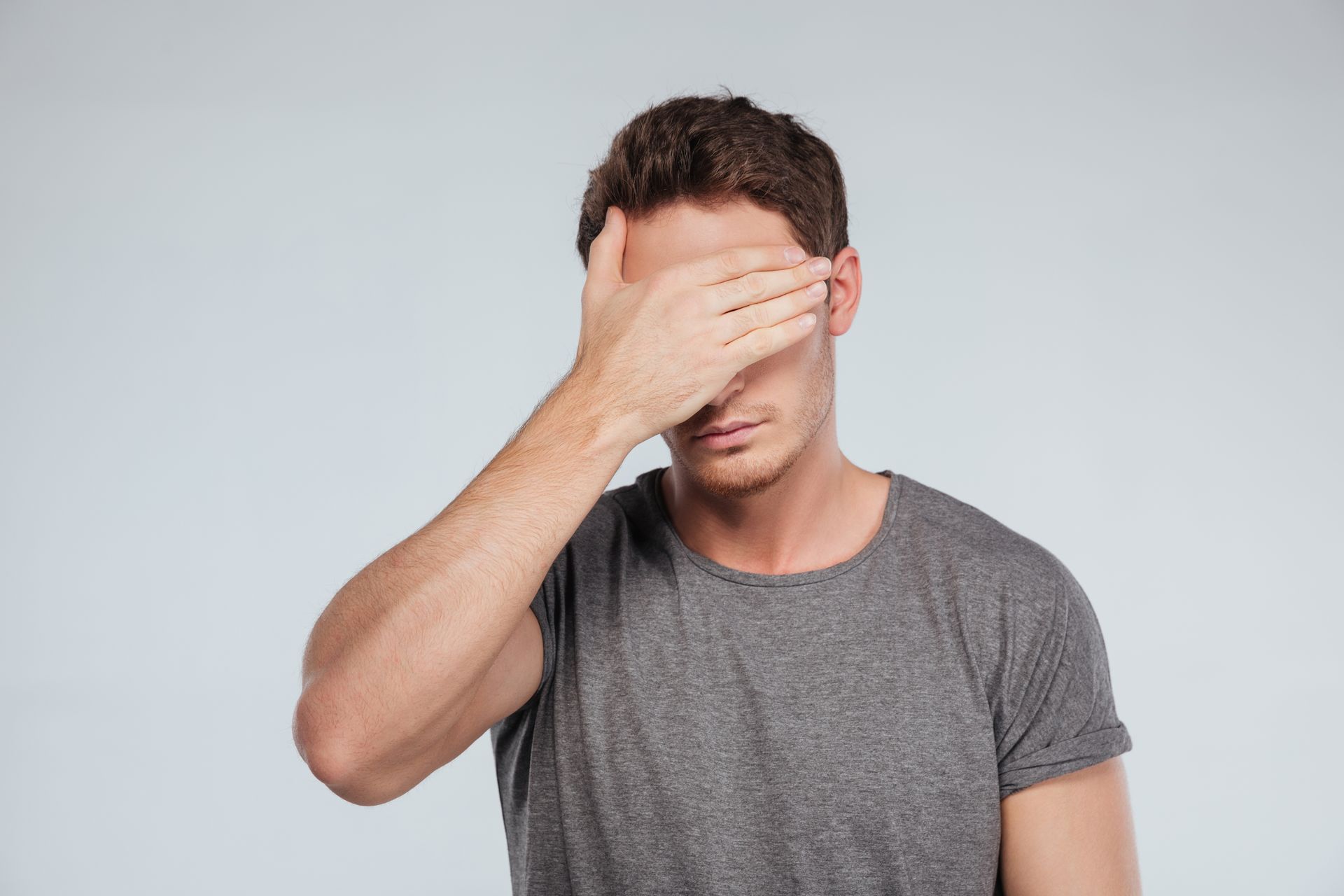
How to Prevent Dry Eyes
One of the best ways to prevent dry eyes from ruining your day is to have a bottle of over-the-counter artificial tears (eye drops) nearby. They’ll provide most of the relief needed when your eyes feel irritated and will help reduce symptoms, which is why they’re a staple in just about everyone’s medicine cabinet.
Here are some of the other things you can start doing today to prevent dry eyes:
- Avoid using a hairdryer, if possible
- Avoid warm rooms and use a dehumidifier in the winter
- Make sure you wear sunglasses when outside in direct sunlight
- Use eye-drops whenever necessary
- Don’t stare at a screen for too long and take frequent eye breaks during long tasks
- Add omega-3 fatty acids (flaxseeds, oily fish, supplements) to your diet
- Make sure you schedule a regular eye exam with your doctor to monitor eye health long-term
Do your eyes feel dry, itchy, irritated, and/or gritty often? Do you have blurry vision? Are your dry eyes starting to impact your ability to live a quality and happy life? Are you having a hard time coping with your dry eye symptoms? If you answered ‘yes’ to any of those questions, then don’t hesitate to contact Holly Springs Eye & Laser.
Dr. Faraaz Khan has extensive experience helping patients overcome dry eye disease and would be honored to extend that experience to you and your family. Contact us today at 919-689-8920 or email us at hello@hollyspringseyeandlaser.com to schedule an appointment with Dr. Khan and his incredible team!

